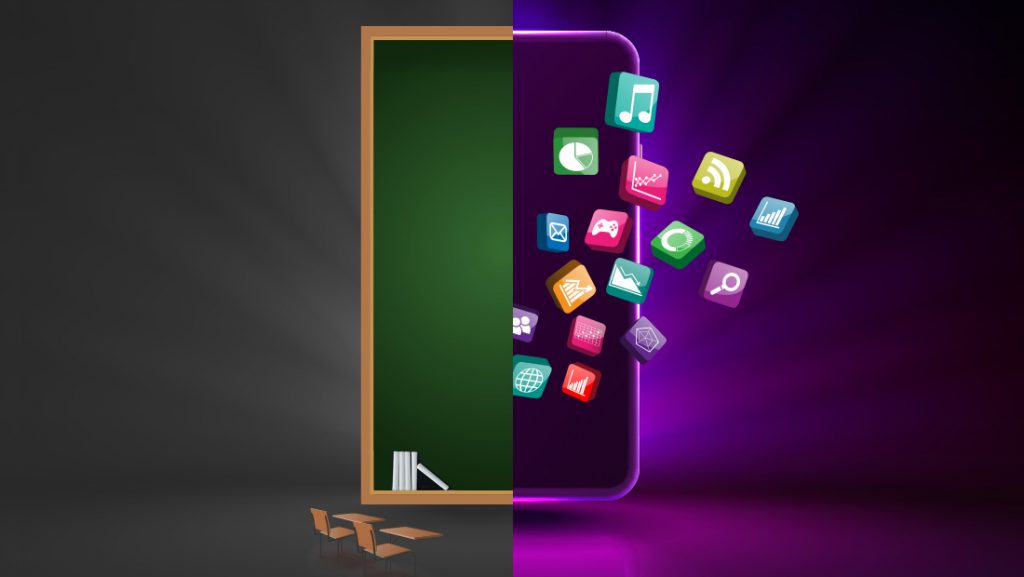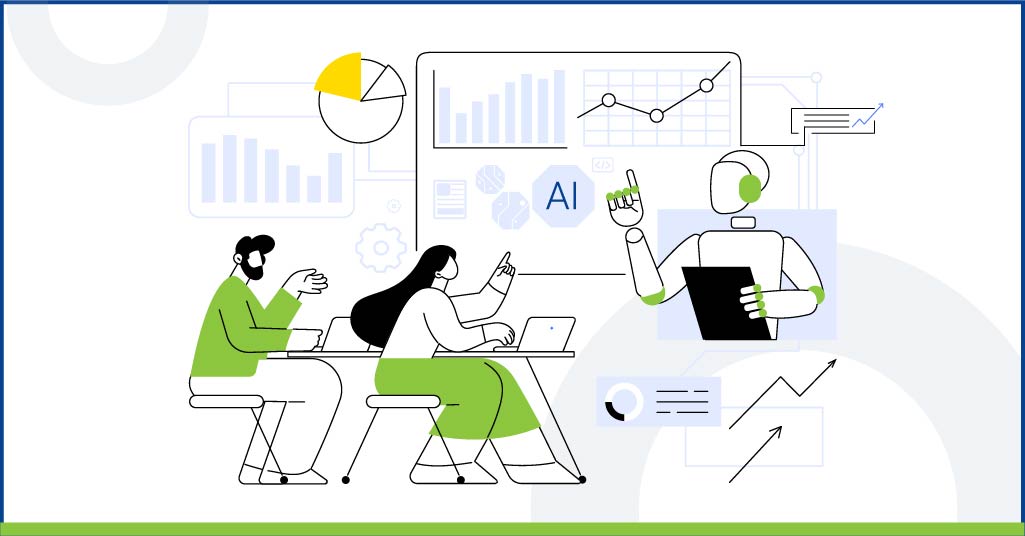Modern Times, the 1936 Charlie Chaplin classic, opens with a flock of sheep jostling along. Fade to a crowd of factory workers emerging from a subway moving the same way as the sheep. The workers enter a factory where they look tiny before a gigantic machine and are herded to man assembly lines.
There was a time in the 1970’s, when workplace training was somewhat similar. An instructor would address a group of workers, run through some how-to’s and dare-not’s and at the end of it, the workers would hustle back to work. It did not matter if everyone got the message. There was no room for questions. You were expected to attend whether you liked it or not.
We still have big machines and training has not gone away. What has changed is the focus.
Today, we have the employees front and center. We respect their cultural background and skill level. We don’t merely talk to them; we take care to engage them.
The instructors have put away their pointers and stepped down from the podium. They have now moved to the screens intimately close to each learner, delivering just the right learning at the right time, tailored to the learner’s preferences and the organization’s larger goal.
Welcome to digitalization and modernization! It is not about simply migrating to a digital format. It is about using the opportunity presented by the new constant of frequent change. It is also about adapting learning to better suit the new generation of employees in the new work world.
Adaptation, more than conversion
For long, instructors have led training in organizations. Even when some companies shifted to the digital way of working, instructors remained at the helm of some programs. In came the virus and, with due respect to their skills, out went the instructors. The pandemic forced everyone to move from Instructor Led Training (ILT) to Virtual Instructor Led Training (VILT).
This conversion isn’t simply about digitizing the existing ILT content. It is an opportunity to revisit the purpose of the learning, redesign the media, and refashion the content for a modern, digitalized learning experience tailored to the modern, mobile employee.
At Upside Learning, we study the subject matter, the ecosystem of workplace learning, expected performance outcome, and how well we can match the learning with the learners’ profile.
It is about purposeful chunking of content, retaining only what is essential for learning. We design the new components (ranging from audio and video snippets to comic strips) with a human touch. We focus on the quality of the interaction of the learner—with the content and with trainer (who is now more of a close facilitator and guide than a distant teacher).
Going about it
We work with our customers in three phases. First, we help market the VILT, share read-this-first material, and conduct pre-assessments. Then we go about the conversion in a logical sequence of critical messaging interspersed with session breaks, activities, and interaction opportunities. After the launch, we hand out job-aid reading material, invite feedback on in-session activities, conduct post-assessments, and design follow-up interventions.
Any new initiative at the workplace is best eased in so that it can overcome resistance and even hostility. Much like the movies, we recommend a trailer or a teaser to ease apprehensions, trigger curiosity, and nurture excitement about the VILT. While the learner is the hero for every VILT, it is also important to train managers and subject matter experts in the new, virtual way to impart learning.
Virtual or in-person, learning must be interactive to be engaging and productive. A touch of gamification would add some spark, but only if the game elements are relevant to the learning.
The modern learner prefers to be an active partner rather than a passive participant. Learners must have ample opportunities to provide their feedback.
We plan breaks into the sessions to give the learners an opportunity to mull over and, more importantly, practice what they have learnt. Small groups could use breakout rooms to discuss and debate what they have gathered, thus introducing the all-important social dimension in modern learning.
VILT is a flexible learning solution. Each employee can learn at a time that best suits one or the whole team can learn together. VILT makes it easy to scale up and adapt learning to the rapidly changing needs of business and the profile of new employees.
Virtual or real, effective learning matters
Learning in the Modern Times that Charlie Chaplin portrayed might have been different. In the modern times that we live and work in, the fundamentals of learning are well-established—know your business goals, know your learners, know their appetite, know the tools that can deliver learning, and when and where they need each tool most so that they can apply it productively.
A poll we conducted in early December 2021 revealed that for most respondents, modernization meant converting ILT to VILT or repurposing learning assets for learning experience platforms (LxP) and/or mobile (39%). For a lesser proportion of people, modernization was about conversion of Flash to HTML5 or transforming events to campaigns.
We believe there is more to modernization. There cannot be exclusive compartments or formulaic solutions. When business impact is the primary driver, learning must adapt to the times.
Need help to digitalize and modernize your learning? For starters, download this eBook.



















